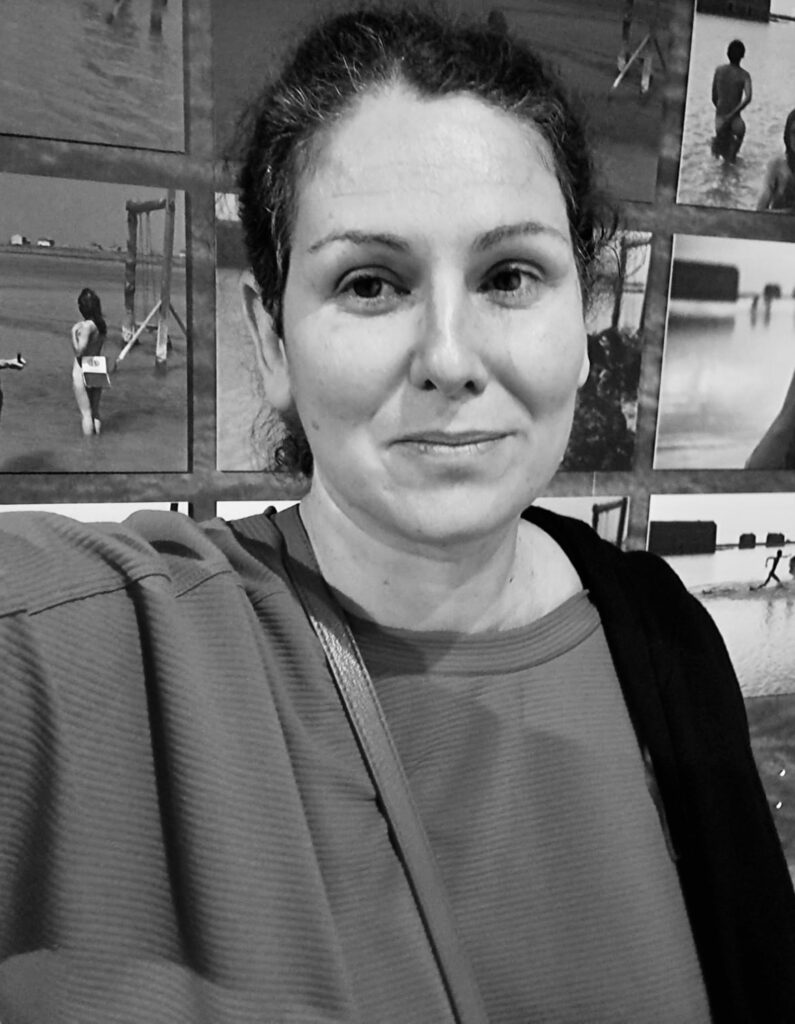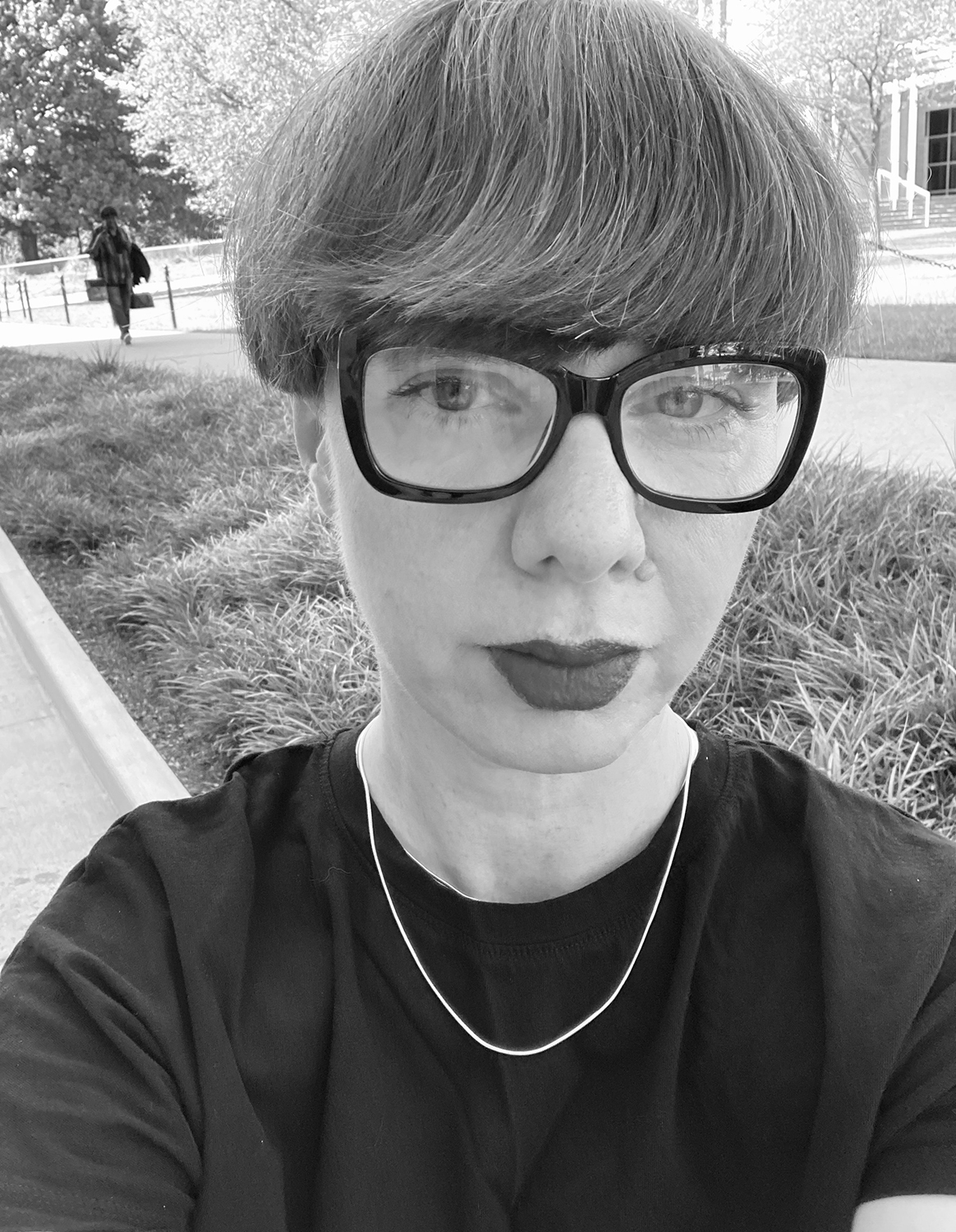Anamarija Batista, Ph.D. and Marjana Krajač, Ph.D.
research presentation and discussion

Anamarija Batista, Ph.D.
Architect as an Instrument Designer: Conceiving Sound as Variation
As an ephemeral event, sound is easier to understand as a process and a progression than as a self-contained unit. Sound is indexical and more difficult to translate into discrete symbols than the iconic world of the image. But is this due to a multitude of gradual gradations of the sonic, which occur or alternate in short time intervals, as well as the multitude of sonic overlaps, or the lack of engagement and thus the lack of practice with auditory space in the field of design? Architectural designs often emphasise the idea of function, and actions in the space are primarily thought of in terms of the purpose-oriented usage of it. The fixation on the commercial utilization of spaces exacerbates this problem. But could we imagine architects understanding themselves as instrument designers?
This new role within planning would require an expanded aesthetic and material organisation of form in architectural thinking as well as new ideas, concepts, and approaches. A form or a material would also have to be selected and evaluated according to the criteria of its acoustic dimension. The question of expanding the visually focused concept of space and its usage practices to include other sensory dimensions, such as the acoustic dimension, involves questioning visually dominated approaches and seeking forms that enable the representation of sound. It also means that the body entering the space and acting within it, whether collectively or individually, needs to be included in the planning as an imaginative aspect of architectural and urban space. The search for overlaps, boundaries, and unfolding is also to be understood as a search for sound variations, intensities, and atmospheres.

Marjana Krajač, Ph.D.
Configured Through Concrete Space: Choreographic Structures and the Real Space
This research examines the material aspects that mobilize the choreographic structure, while centering space as an active participant in shaping choreography. At the heart of the investigation is the concept of choreographing with space—a methodological framework in which movement is developed through direct dialogue with spatial context. Movement emerges from the perceptual and kinesthetic interaction of the body with specific spatial conditions; space becomes a co-authoring element in the choreographic process, serving as a dramaturgical, rhythmic, and compositional impulse in performance. I will examine several choreographic examples developed with material spatial configurations, analyzing how space generates performative structures.
This research proposes choreography as a critical practice of spatial thinking, opening a space for interdisciplinary dialogue between performing arts, architecture, and spatial theory. The choreographic materials stem from an engagement with the urban structure of the city of Zagreb, its architectural layers, and the historical and political conditions that shape its spaces. The city is approached as a space of continuous transformation—between the planned and the spontaneous, the monumental and the marginal—while choreography is mobilized as a tool for reading, mapping, and translating complex spatial narratives across time. In this sense, the research proposes a framework for situated knowledge that encompasses both the history of choreography and the history of architecture.
part of the ASZ X-tenzija and Objekt, nadvija se programmes